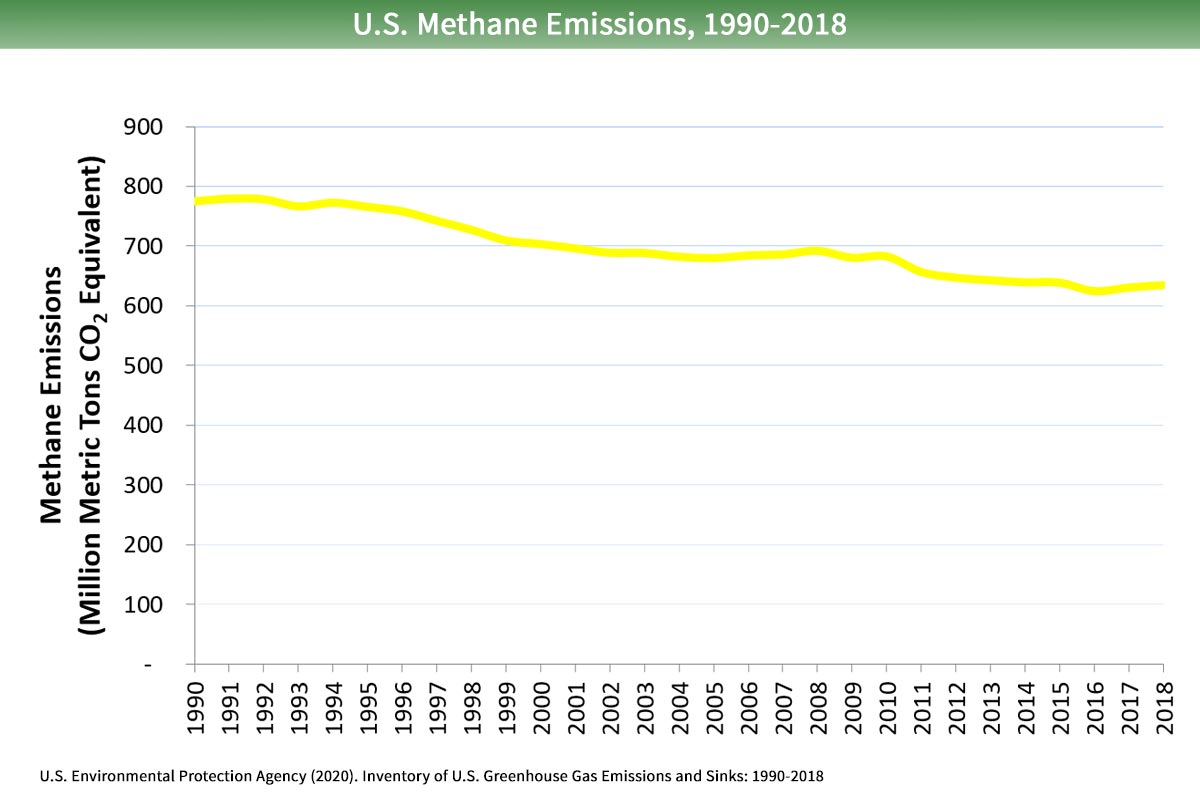INGAA Sets Net-Zero Emissions Goal for 2050
By Maddy McCarty, Digital Editor
The Interstate Natural Gas Association of America set a goal for the industry to reach net-zero greenhouse gas emissions from natural gas transmission and storage by 2050, the organization announced along with other commitments to address climate change.
Other commitments include providing consistent and transparent data, measurement and reporting of greenhouse gas emissions from operations and reducing the carbon intensity of natural gas infrastructure with innovative technologies like carbon capture and renewable natural gas, according to a statement from INGAA.
“Our nation’s natural gas transmission infrastructure is central to providing clean, affordable and reliable energy to all Americans,” INGAA Board Chairman David Slater said. “Building on the progress the industry has already made, INGAA is committed to supporting its members in their efforts to further reduce GHG emissions and work together to address the issue of climate change.”
INGAA and its member companies have worked together for years to reduce methane emissions from the natural gas transmission and storage network, which created infrastructure for natural, cleaner-burning gas which reduces CO2 emissions, INGAA President and CEO Amy Andryszak said.
This infrastructure includes about 200,000 miles of pipelines INGAA’s members operate throughout the country, according to the organization.
United States methane emissions decreased by 18.1% from 1990 to 2018, according to the Environmental Protection Agency. The top source of methane emissions is agriculture, followed by energy and industry.
Renewable natural gas provides a beneficial use of waste methane from other sectors, such as methane from agriculture and food waste, according to INGAA. Increasing the access to and use of RNG will help provide carbon-neutral/potentially carbon-negative fuel and accelerate progress toward a clean energy future through infrastructure largely already in place, the organization said.
In 2018, methane accounted for about 9.5% of all U.S. greenhouse gas emissions, the EPA website states. Carbon dioxide, or CO2, accounted for 81% of U.S. greenhouse gas emissions in 2018, according to the website.
In 2019, natural gas was the largest source of electric power generation, making up 38%, according to INGAA. Carbon dioxide emissions from the U.S power sector declined by 33% from 2005 to 2019 with natural gas accounting for more than half of the reductions, according to the EIA.
INGAA members’ efforts have resulted in a reduction of CO2-equivalent emissions from transmission
and storage compressor stations that is the equivalent of removing more than one million passenger vehicles from the road, the organization said.
INGAA members committed to engage with government officials, investors and stakeholders to develop energy policies that utilize national gas transmission infrastructure, benefit the environment and reduce greenhouse gas emissions, INGAA’s statement said.
“As America’s energy leaders, we recognize and embrace the central role our industry plays in providing cleaner and more affordable energy,” Andryszak said.
Related News
Related News

- Keystone Oil Pipeline Resumes Operations After Temporary Shutdown
- Freeport LNG Plant Runs Near Zero Consumption for Fifth Day
- Biden Administration Buys Oil for Emergency Reserve Above Target Price
- Mexico Seizes Air Liquide's Hydrogen Plant at Pemex Refinery
- Enbridge to Invest $500 Million in Pipeline Assets, Including Expansion of 850-Mile Gray Oak Pipeline
- Enbridge Receives Approval to Begin Service on Louisiana Venice Gas Pipeline Project
- U.S. to Acquire 3 Million Barrels of Oil for Emergency Reserve in September
- AG&P LNG Acquires 49% Stake in Vietnam's Cai Mep LNG Terminal
- BP's Carbon Emissions Increase in 2023, Ending Decline Since 2019
- Texas Sues EPA Over Methane Emission Rules for Oil and Gas Sector





Comments